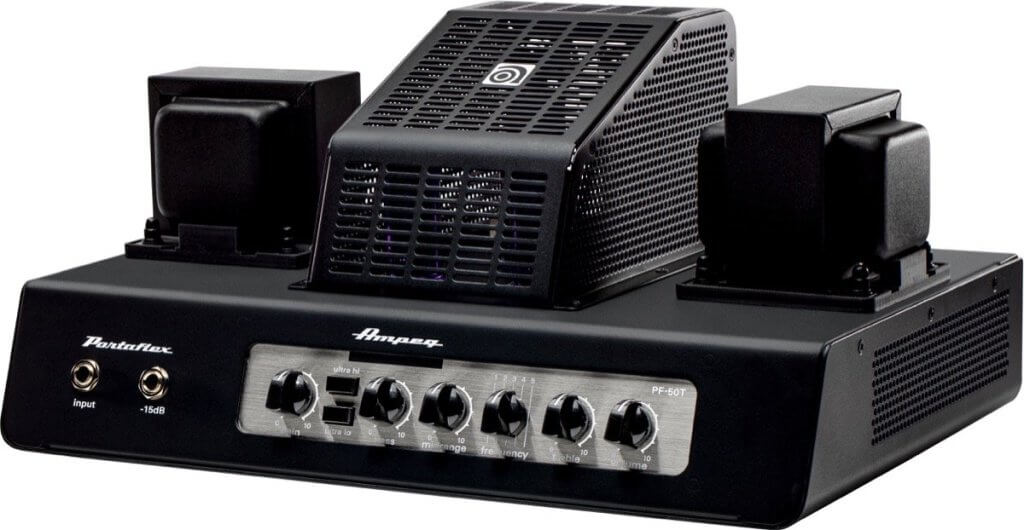re: 180w... it was in asking about the unit Terry built, & what he spec'd the 100 watter at...hi @Dogs of Doom
Thanks, and I apologize and didn't mean to ignore your good question!
The way I think about these is: I start with the nominal power of the amp, and work out what steady-state share of that power would go into each component. Then to work out a spec rating, I first double it as an engineering margin, then I add another 50% to allow for overdriving the amp, and then round up to the nearest practical rating. So electrically, theres heaps of margin available for running it hard and continuously. Afet that, its down to good cooling, and thats where different builds may vary. But one thing we know is that none of these heat up quickly. Ive soak-tested mine with DC power and even a small build will take 30 minutes to get to maximum temperature. So anytime there's a break in the music, or a quiet period, less than thrash, the average power over a period of time is reduced.
We know that for a 50W build, 20W amps barely get warm, and some driven 50W amps get fairly hot, and would benefit from a fan and 100W amps with 100W builds need a fan if you want to drive the amp. We also know that once you get a reasonable 12V fan, running at 9V, it makes a huge difference to temperature. So Im confident that 100W into 100W attenuator, with a good fan, is OK
Continuous 180W? it depends on the build, electrically no problem but i dont think weve quite been there yet!
Does that help?
I ask because there are some 100 watt amp's that will push 180 watts at full bore. So, yeah, you have a 100 watt amp, going into a 100 watt attenuator, but, that's where my worry starts, because amp ratings are somewhat misleading & w/o a spec like that on the attenuator & speaker(s), it's all a guessing game, & IMO, failure at this stage is most detrimental...
Not holding anyone to the fire, as, like you say, we haven't gotten to that point, nobody's run it to it's limits yet.
You can't even get a definitive answer from the likes of Celestion, on how many watts their speakers are truly rated at. A while back, they changed the rating of their G12K-85 to G12K-100. In that case, they deemed that the speaker was actually a 100 watt speaker, but... you know that, there's usually an upper wattage tolerance. How much wiggle room is there on those now? 20% over rated? 40%? 60-80%? or do they fail at excessive 100 watts?
I'm just trying to get a feel for what these things are safe, as using under "normal" circumstances...
I haven't done it lately, but, in the past, I did many 5-6 hr stints. IDK if I'd ever have it in me to do it again, but, I'd like to know that my gear would hold up, if I did...
 ...
...


 It addresses my main concerns of needing a dedicated, "special" cable for interconnection, as well as the pitfalls of running speaker level signal over long distances, to, from & between the attenuator and a pedal board, along with potential connector/cable failures from being stepped on, yanked, etc. Most importantly though, it reinforces the critical concept of keeping all electrical circuitry within the enclosures completely separated and isolated ("floating" if you will) inside said enclosures, as well as each circuit being totally isolated from the other! The switching control circuit should NEVER share any common electrical connection with that isolated attenuator circuitry. If we think about it, the reasons become fairly obvious!
It addresses my main concerns of needing a dedicated, "special" cable for interconnection, as well as the pitfalls of running speaker level signal over long distances, to, from & between the attenuator and a pedal board, along with potential connector/cable failures from being stepped on, yanked, etc. Most importantly though, it reinforces the critical concept of keeping all electrical circuitry within the enclosures completely separated and isolated ("floating" if you will) inside said enclosures, as well as each circuit being totally isolated from the other! The switching control circuit should NEVER share any common electrical connection with that isolated attenuator circuitry. If we think about it, the reasons become fairly obvious!
